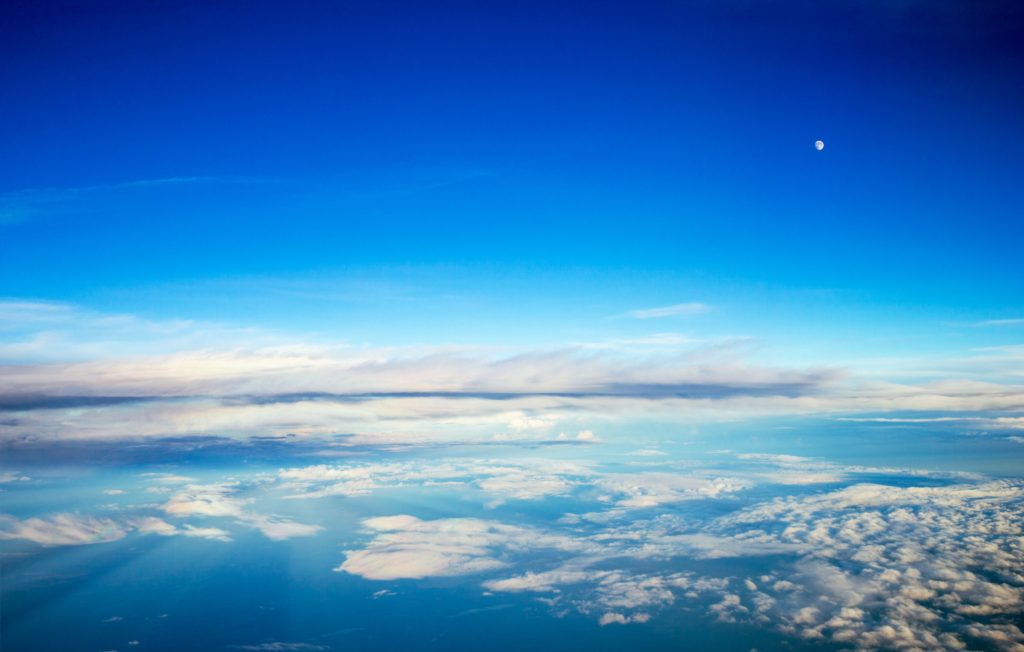
www.optimistdaily.com
Ozone layer recovery shows what global cooperation can achieve
BY THE OPTIMIST DAILY EDITORIAL TEAM
The Earth’s protective ozone layer is on track to recover by mid-century, according to a new bulletin released Tuesday, September 16, by the UN’s World Meteorological Organization (WMO). Calling it “welcome scientific news for people’s and planetary health,” the agency credits international action with sharply reducing ozone‑depleting chemicals and slowing the annual growth of the Antarctic ozone hole.
“Today, the ozone layer is healing,” UN Secretary‑General Antonio Guterres said. “This achievement reminds us that when nations heed the warnings of science, progress is possible.”
What changed—and why it matters
The WMO says the recent decline in depletion “was partially due to naturally occurring atmospheric factors which drive year‑to‑year fluctuations,” but stresses that the long‑term improvement “reflects the success of concerted international action.” That cooperation began with the Vienna Convention recognizing stratospheric ozone loss as a global problem and was powerfully advanced by the 1987 Montreal Protocol, which phased down chemicals used in refrigeration, air conditioning, and aerosol sprays.
According to the bulletin, the agreement has already driven the phase‑out of over 99 percent of controlled ozone‑depleting substances. As a result, the ozone layer is “now on track to recover to 1980s levels by the middle of this century,” which would significantly reduce risks of skin cancer, cataracts, and ecosystem damage from excessive UV exposure.
Signs of recovery over Antarctica
Each Southern Hemisphere spring, the ozone hole forms over Antarctica. The WMO reports that in 2024 it was smaller than in recent years, with a maximum ozone mass deficit of 46.1 million tonnes on September 29, which is fortunately below the 1990–2020 average. The bulletin also noted a relatively slow onset of depletion through September, followed by a faster rebound after the maximum deficit was reached. “This persistent later onset has been identified as a robust indication of initial recovery of the Antarctic ozone hole,” the bulletin said.
The road ahead
The WMO and the UN Environment Programme publish a scientific assessment of ozone depletion every four years. The most recent assessment in 2022 projected that, if current policies hold, the ozone layer should return to 1980 values by around 2066 over Antarctica, 2045 over the Arctic, and 2040 for the rest of the world. While year‑to‑year variability will continue, the WMO underscores that the long‑term trend is moving in the right direction because countries acted together and stuck with the plan.
A model for climate cooperation
For scientists and policymakers, the ozone story is more than good news; it is a blueprint. As the WMO puts it, the positive trajectory “reflects the success of concerted international action.” In Guterres’s words, the lesson is clear: when nations listen to science and coordinate policy, “progress is possible.”The post Ozone layer recovery shows what global cooperation can achieve first appeared on The Optimist Daily: Making Solutions the News.










